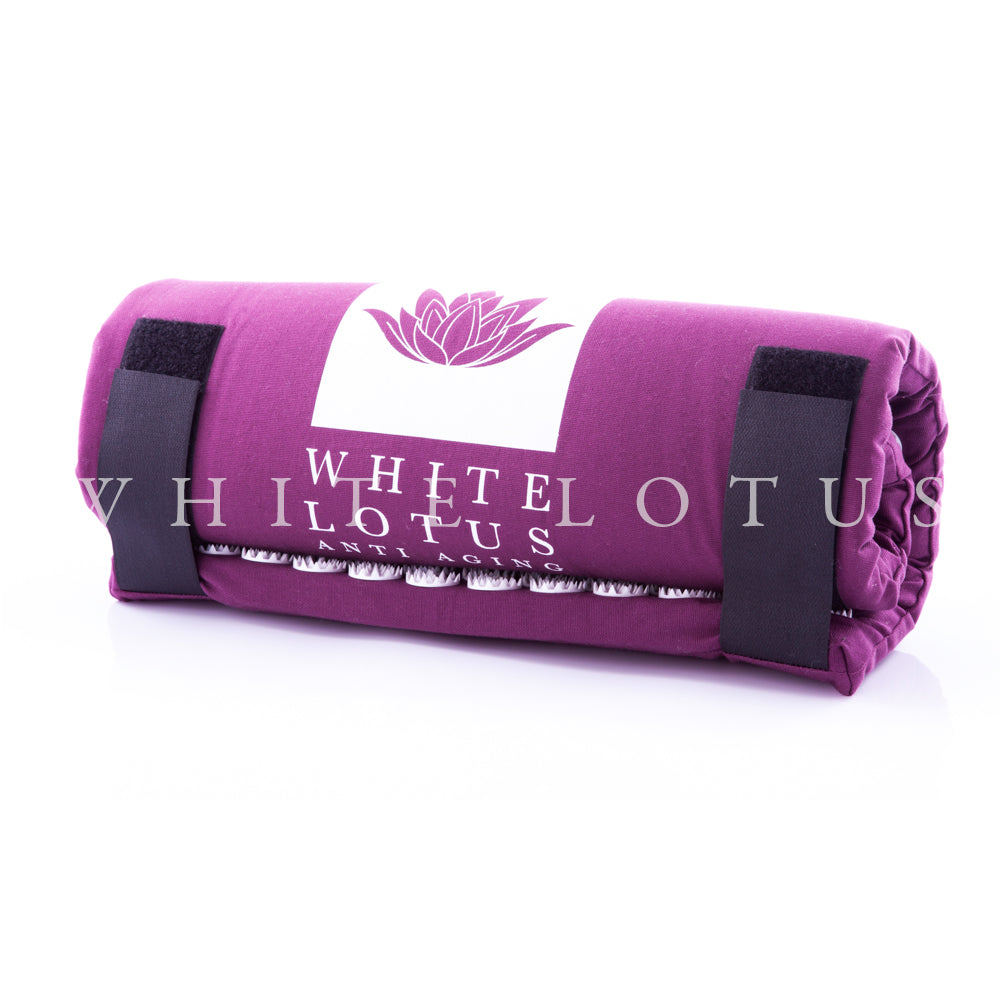
How Many Spikes on the Acupressure Mat?
Why is the number of spikes on the accupressure mat important? It is not so much the number of spikes on the mat that is important it is more to do with the spacing between the spikes. The research on the acupressure mats was carried out on mats with a certain spacing between the spikes. If the spacing on a bed of nails is too different from this spacing then you cannot be sure the same results will be achieved by using the acupuncture mat.
As many of you may have read extensive research was carried out on the acupressure mats in communist Russia leading to their widespread availability in pharmacies under government schemes. With the collapse of the Soviet Union this research disappeared and the only available research now widely available was carried out by Tanya Zilberter and Jim Roman in North Carolina. Tanya had experienced the popularity of the mats in the USSR and wanted to demonstrate their effectiveness scientifically in her new country.
The results of her study carried out showed that out of 126 patients 98% reported pain relief, 96% reported increased relaxation, 94% reported improved quality of sleep and 81% reported increased energy levels. (1).
It is important to replicate this spacing to be sure that similar results can be achieved in other products like the White Lotus acupressure mat.
Additionally when looking at the plastic spikes on an acupressure mat it is important to check what the spikes are made of. White lotus uses only food grade plastic rather than cheap ABS plastic and you can read our blog on ‘Acupressure mats and Food grade plastic’ here.
Also it is important to examine how the spikes are attached to the mats. Cheaper mats sometimes use toxic glues which can become liquid and absorbed into the skin when exposed to heat and human sweat.
The White Lotus Acupressure mat has won the prestigious Vergleich award in both 2016 and 2017 for Best Acupressure Mat.
For more information about the White Lotus Acupressure Mat please follow this link.
1. Zilberter, T. & Roman, J. (1999). Reflexo-Therapy With Mechanical Skin Stimulation: Pilot Study, Community Wholistic Health Center, Carrboro, North Carolina, Presented at the International Symposium on Integrative Medicine, May 26-28, 1999, Omega Institute, NY.


